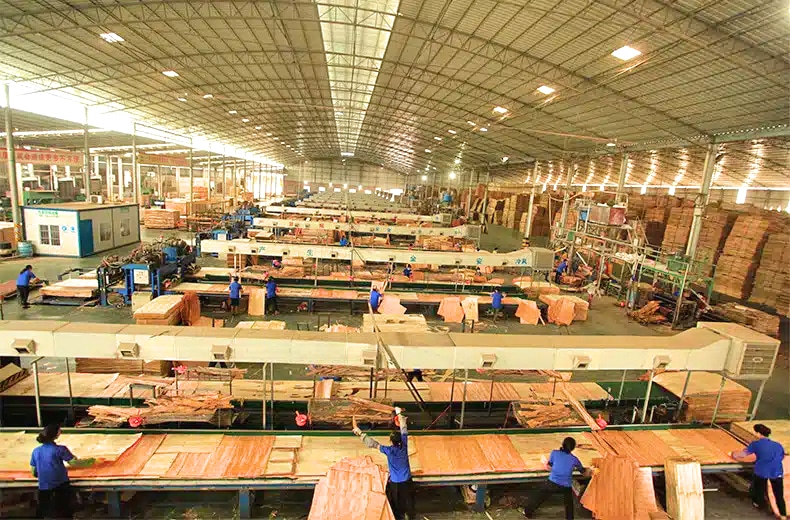Global production of Oriented Strand Board (OSB) is growing on plywood, with market share for the product growing not only in North America, Europe, and the Middle East but also in China.
That is, according to Rudolf van Rensburg, the co-author of “China – Forest, Log & Lumber Outlook,” a 197-page report produced by Russ Taylor Global and Margules Groome Consulting.
Speaking exclusively to Wood Central, Mr van Rensburg said that “there is certainly growing momentum for OSB in China,” with his report outlining a significant shift in demand, supply, growth and production of engineered wood products in the world’s most important forest economy.
It comes amid hopes that OSB, made from timber scraps, recycled wood, and even bamboo, can be engineered into circular products to meet the world’s surging demand for timber products – which, according to FAO and the World Bank, is forecast to quadruple over the next 25 years.
Last month, Wood Central revealed that West Frasers Timber, the world’s largest OSB producer, is growing its operating footprint via 61 manufacturing facilities in the US, the UK, Scotland and Belgium – with exported products sold into global markets – including Australia, which saw a 29% uptake during Covid.
First introduced commercially in the 1980s, the product dominates the US sheathing market, outstripping plywood almost 2-to-1 in US sales.
As a substitute for plywood, OSB uses longer and coarser wood to increase mechanical strength and water resistance by compressing layers of US stands with adhesive to ensure consistent density and waterproofing – leading the American Insitute of Architects (AIA) Architecture Magazine to bill OSB “perhaps the biggest success story in the entire history of engineered wood.”
And whilst plywood is considered a more premium product with better impact strength and moisture resistance, crucial for demanding climate and environmental conditions (like Australia), OSB is stronger, flatter, more uniform and less expensive, a viable alternative for the Global South.
Given China is by far the world’s largest producer of plywood, with more than 9800 ‘efficient’ plywood manufacturers spread across 28 provinces, it’s not surprising that the supplier of 71% of the world’s plywood supply is also building up its OSB capacity.
The new report, “China – Forest, Log & Lumber Outlook”, is available for US $5,000.00, with report data tables also (additionally) available for US $700.00. Corporate subscriptions and presentations are also available upon request.
Stay tuned for Wood Central’s exclusive interviews with the report’s authors in the coming weeks, including behind-the-scenes video and audio.






